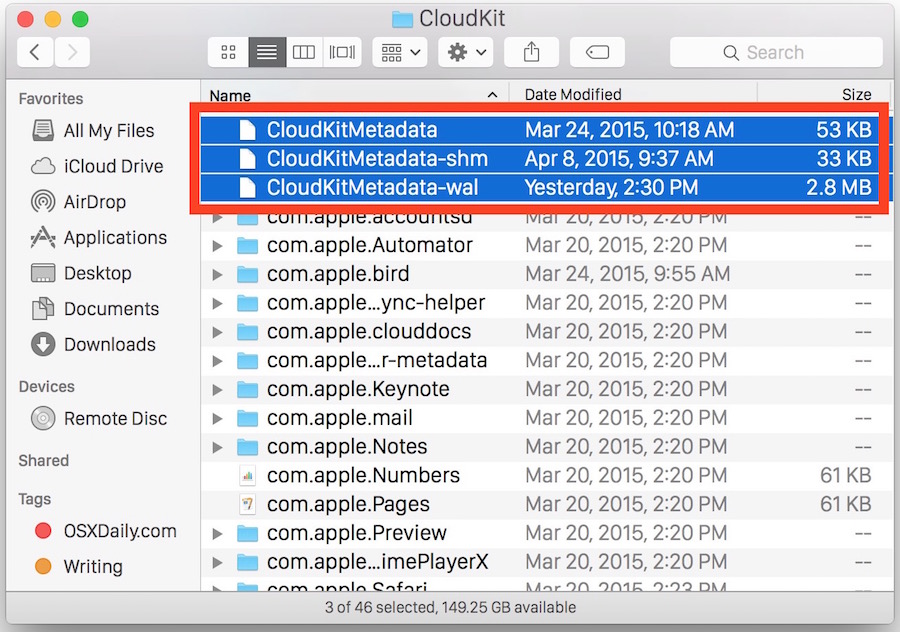Mac Os 10.3 Image File For Qemu
Recently released with the, APFS will soon replace your Apple device’s thirty year old file system. This means your Apple Watch, iPhone, iPad, Mac, and Apple TV will all see upgrades from the HFS+ system. Bringing in new optimization for the storage technologies of today, with encryption built-in as a primary feature, Apple File System will bring a slew of new benefits to users in 2017.

This mount image file feature would >>>> only be on Mac OS X. >>> >>> I'm not sure whether that sounds like a good idea, because then people >>> using bare qemu on Linux would complain that it isn't available with >>> Gtk. Just launch the 'QEMU - Mac OS 9.2.2.bat' (or 'QEMU - Mac OS X Tiger 10.4.11.bat') file and wait 30 seconds for Mac OS to boot up. Nevermind the yellow screen with a VRAM partition not found error, it will go past this without any problem. The Mac OS 9 package contains a 450MB disk image on which Mac OS 9.2.2 is already fully installed. 1 1 Introduction 1.1 Features QEMU is a FAST! Processor emulator using dynamic translation to achieve good emulation speed. QEMU has two operating modes. Sudo apt-get install qemu uml-utilities virt-manager See networking notes to setup guest networking. Create a virtual HDD image where the OS X operating system will be installed. If you change the name of the disk image from mac_hdd.img to something else, the boot scripts will need updating to point to the new image name. A base install of OS X needs 10 GiB of space. If you have a recent version of Mac OS X (OS X 10.7 or better with Xcode 4.2 or better) we recommend building QEMU with the -default compiler provided by Apple, for your version of.
Bootable Image File For Windows 7
Let’s go over what these changes are, and what you should expect out of your favorite apps and devices. What is Apple File System (APFS)? Apple File System or APFS, is Apple’s new file system set to replace the current and now thirty year old HFS file system. Mac os x iso for virtualbox. When HFS was initially conceived, storage technology like flash drives and SSDs weren’t a norm in consumer technology. Apple believes that a smarter and more advanced file system should be implemented and APFS will become the new default file system on iOS, macOS, tvOS, and watchOS in 2017. APFS’ storage handling Though the APFS difference may appear nominal for the everyday user, there are a few key areas that APFS will change the user experience.
Disk Image File
One of the more obvious changes will be in the way storage capacity is calculated on your devices. It may appear that your iPhone suddenly can store more data. Developers who installed iOS 10.3 beta 1 noticed that their iPhone’s listed capacity and availability slightly changed. While more space seemingly opened up on their devices, the capacity also increased by a marginal amount. This stems from how the new APFS calculates available and used data. Faster copying and moving files Another noticeable change to how APFS functions is the ability for it to move and copy files quickly.